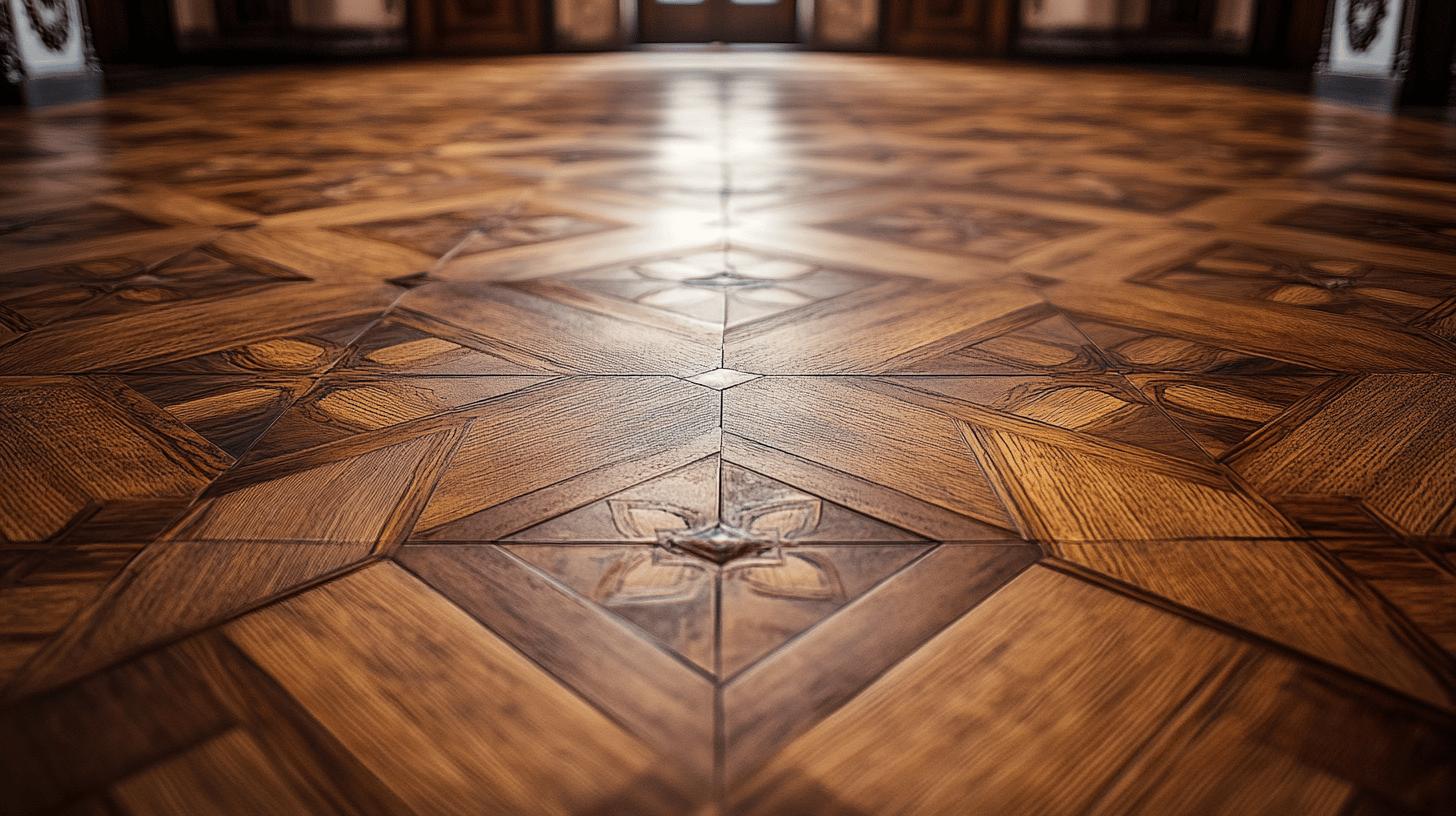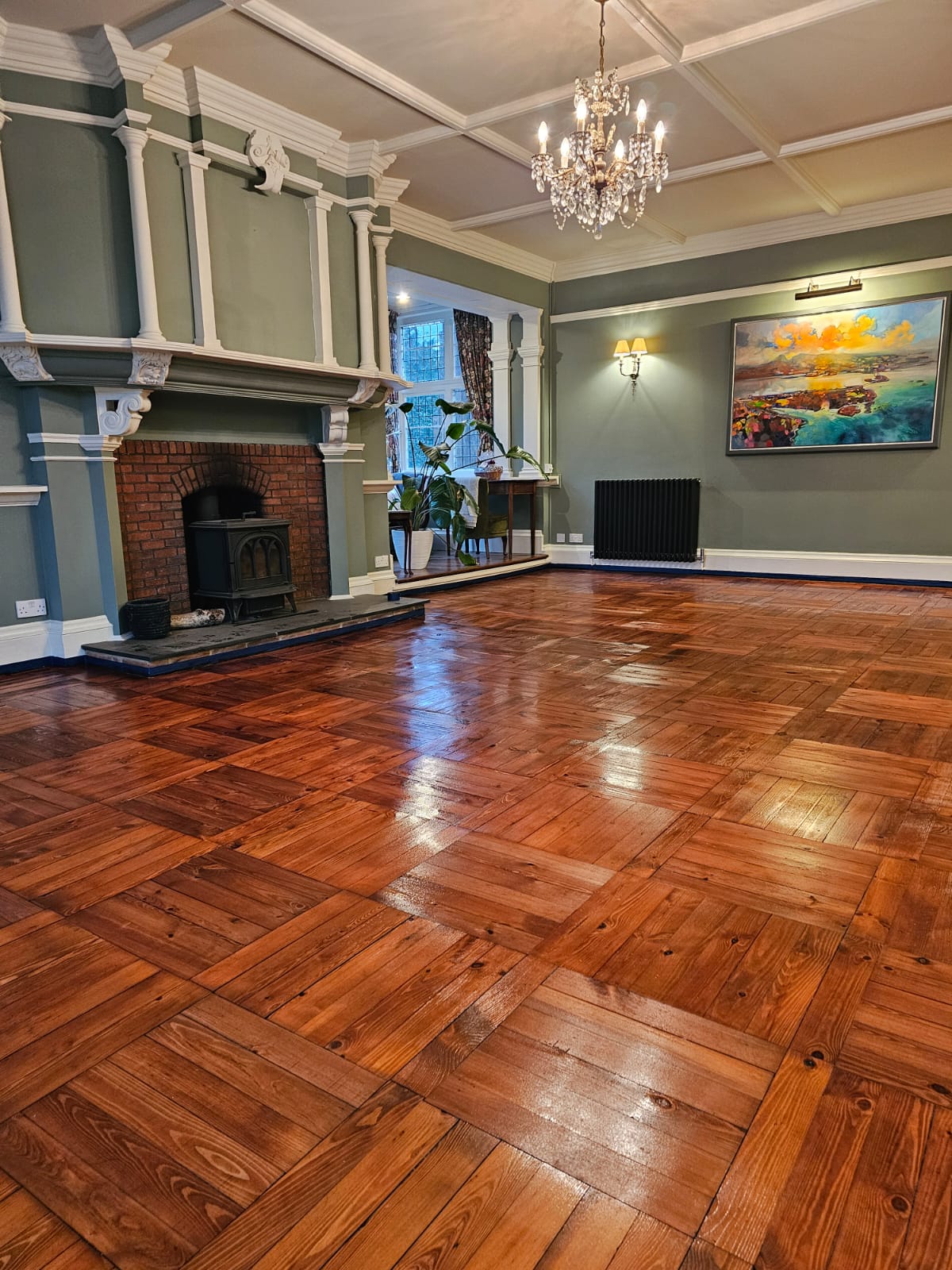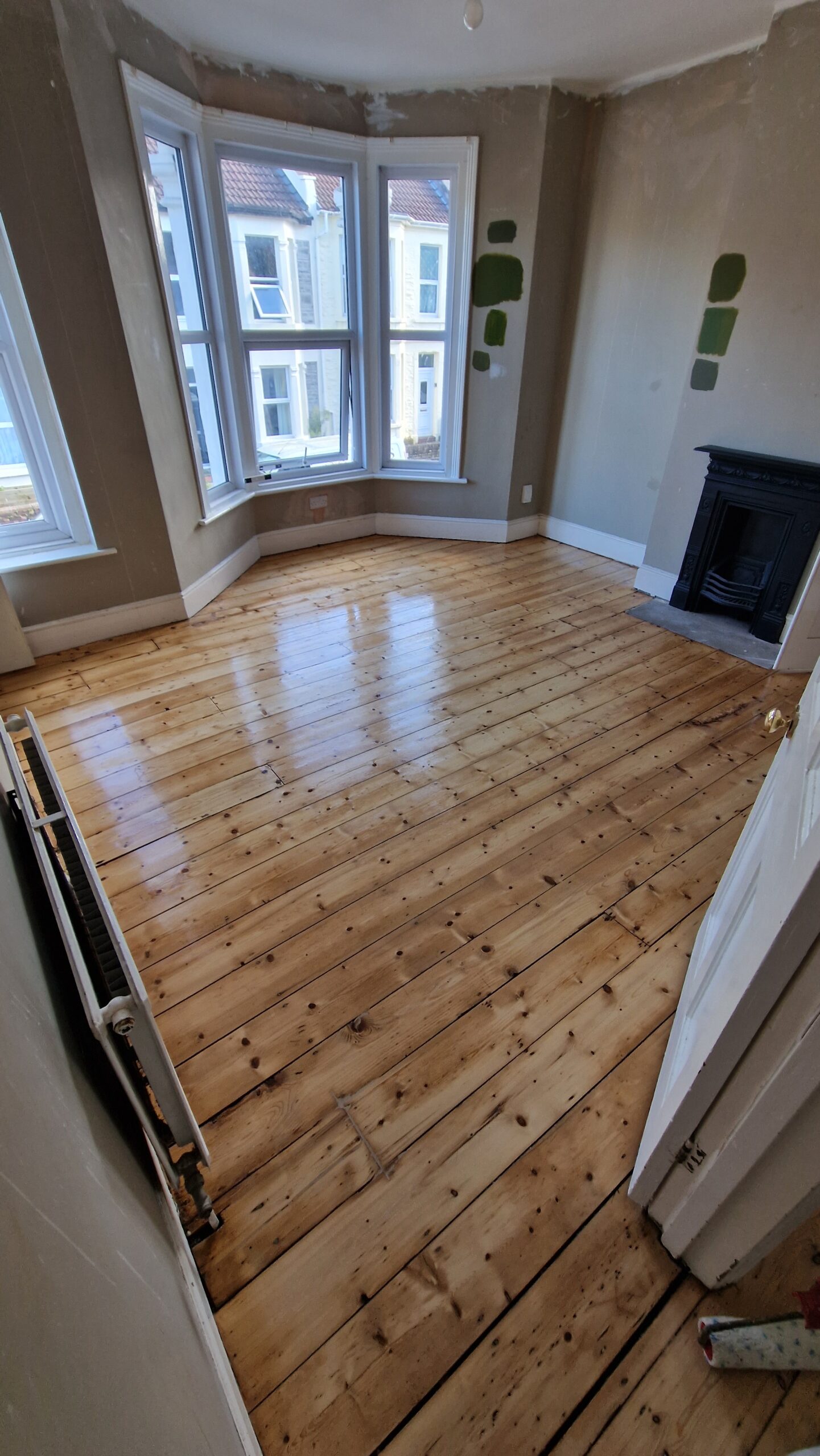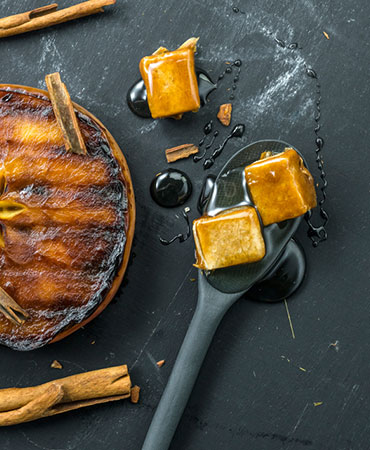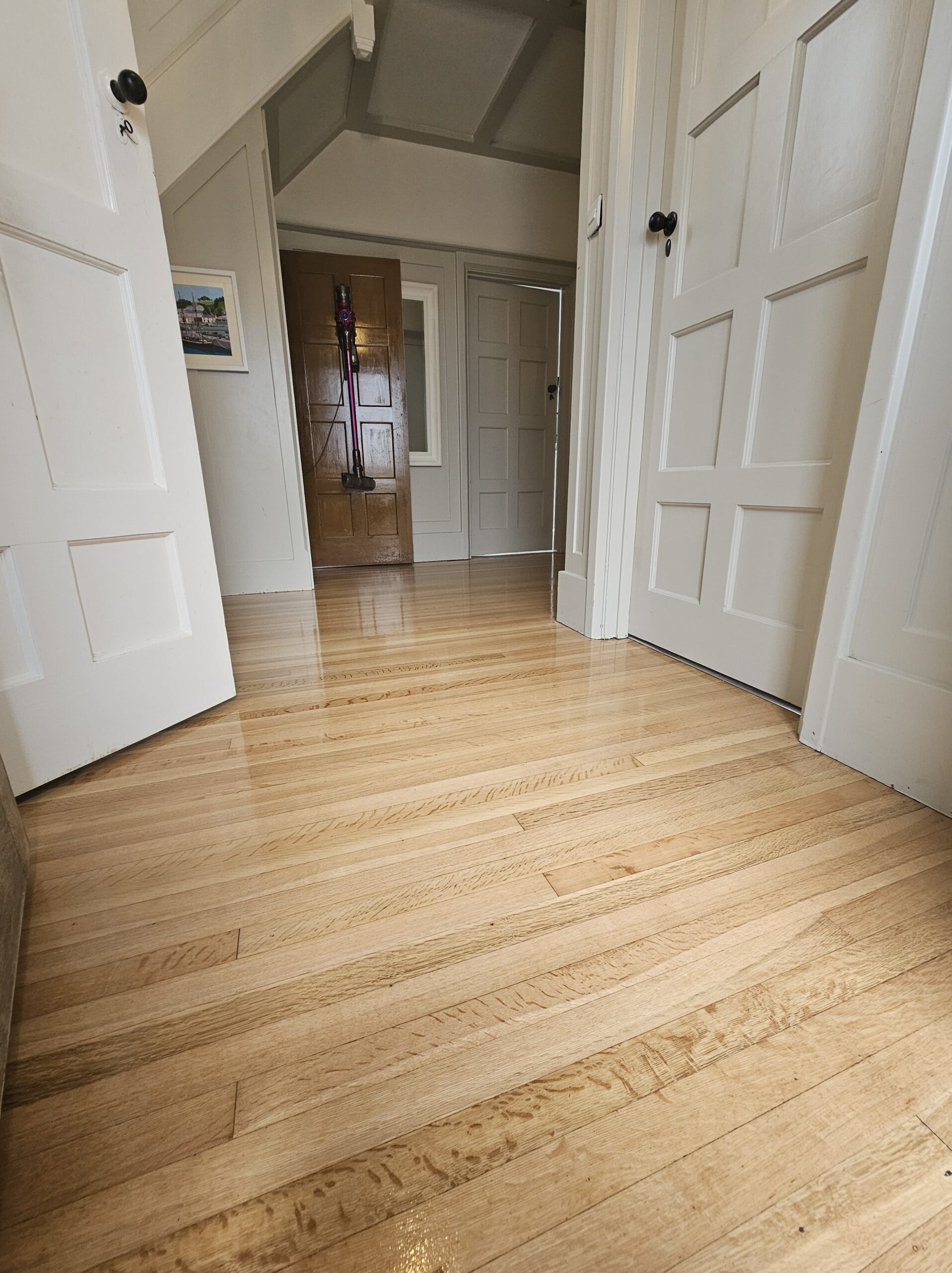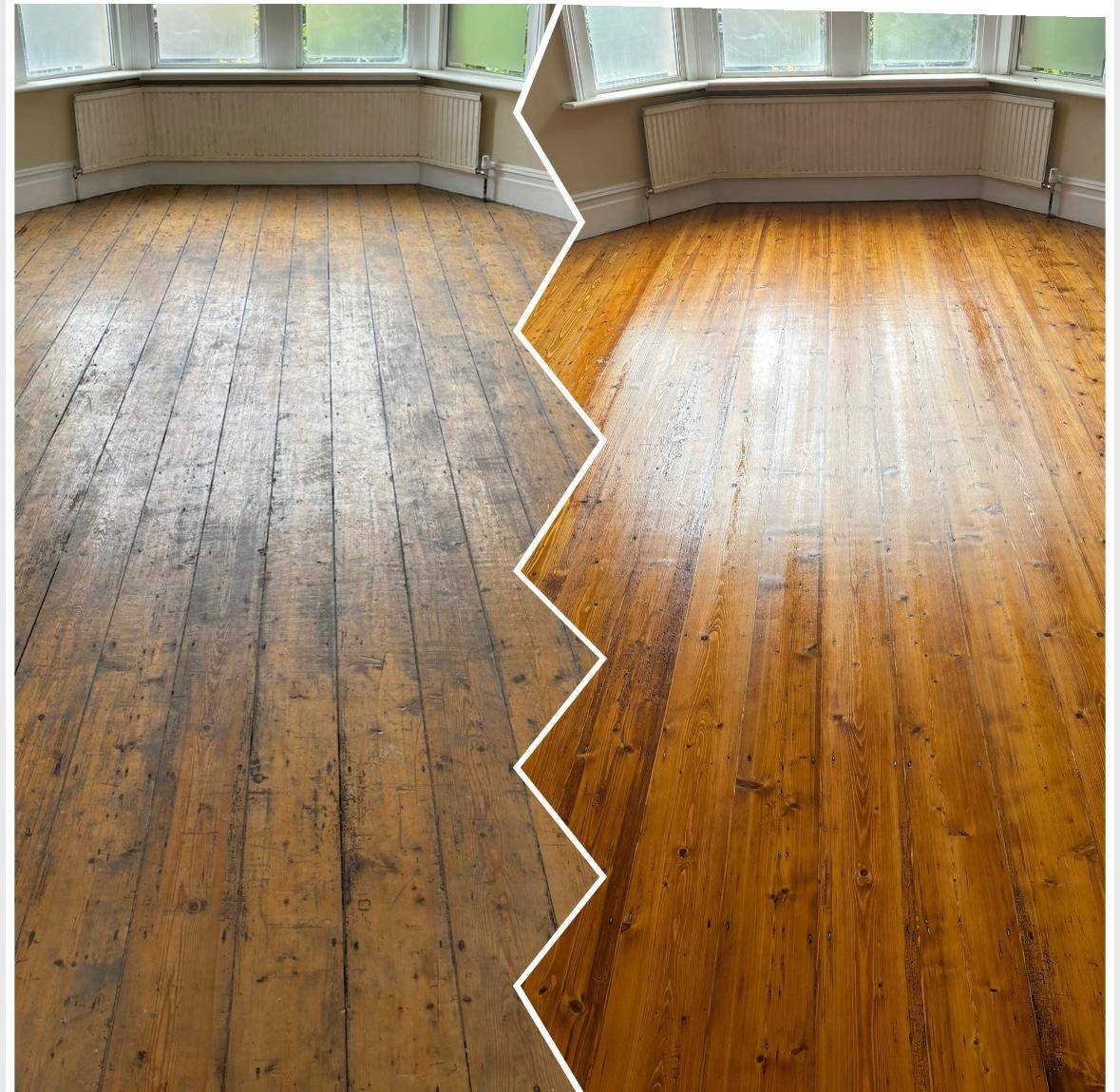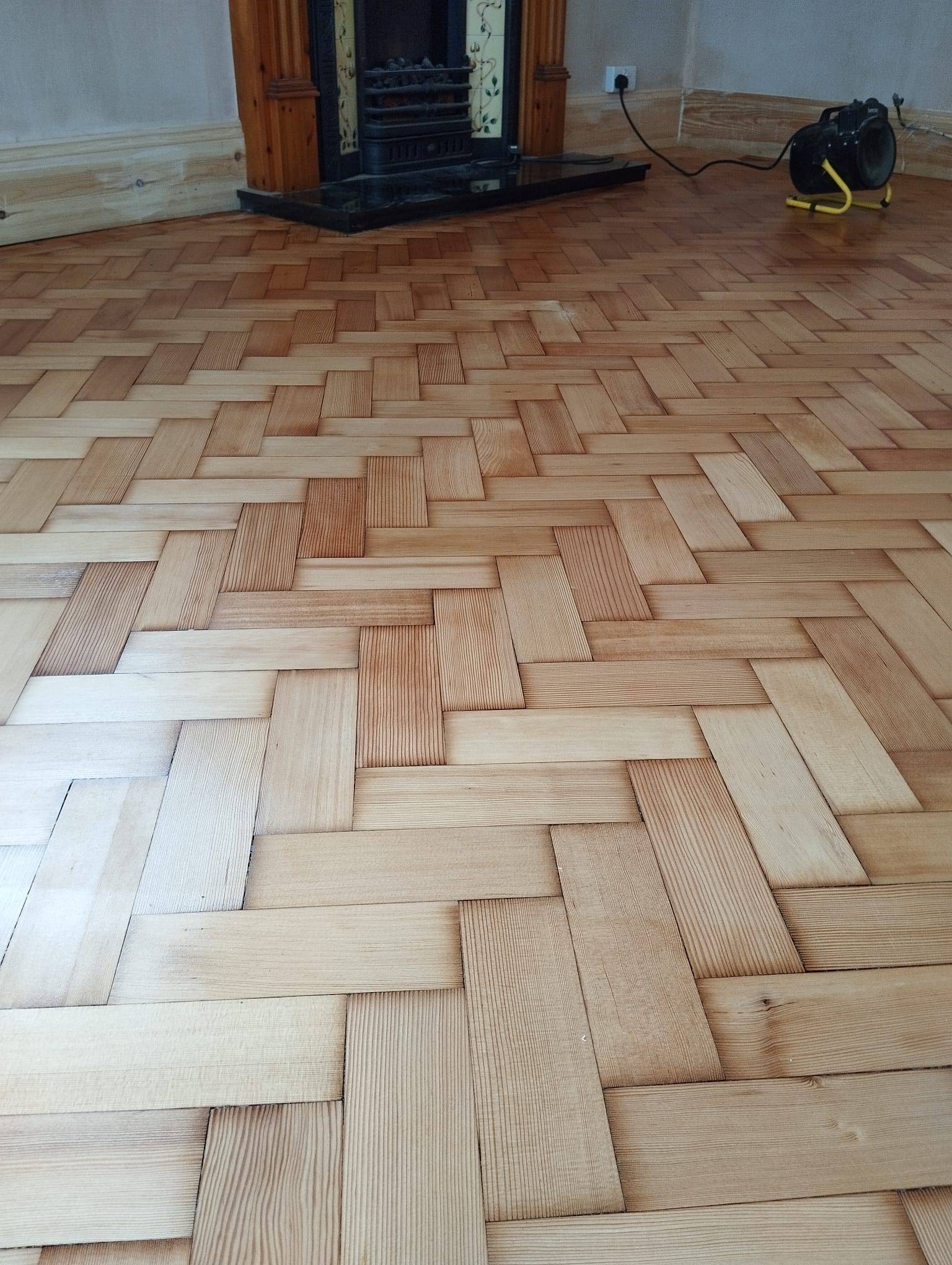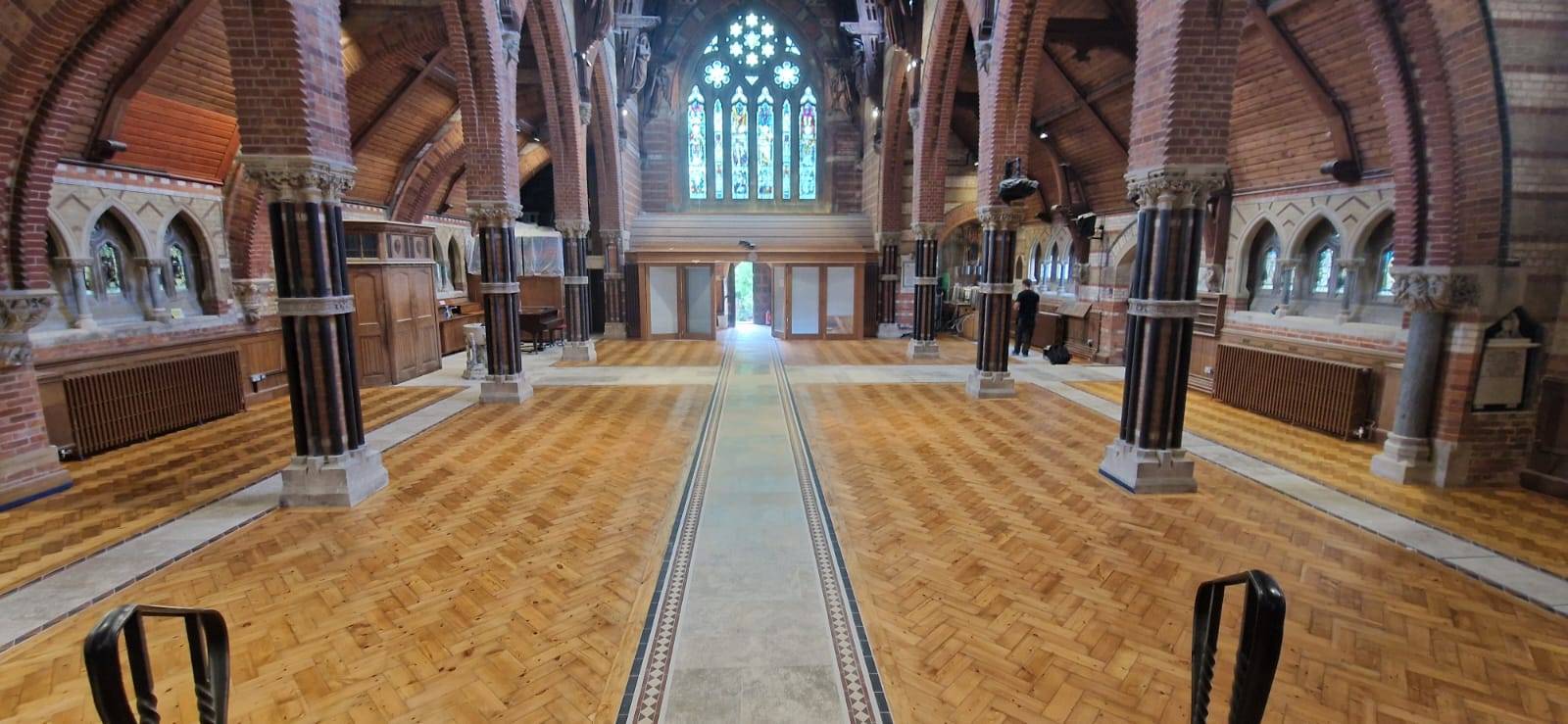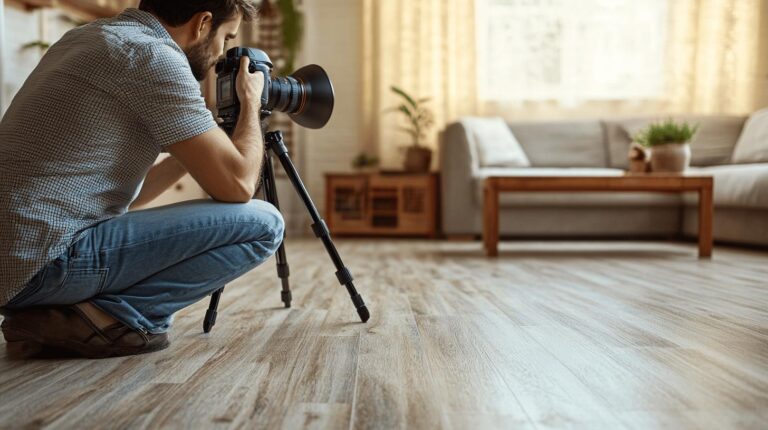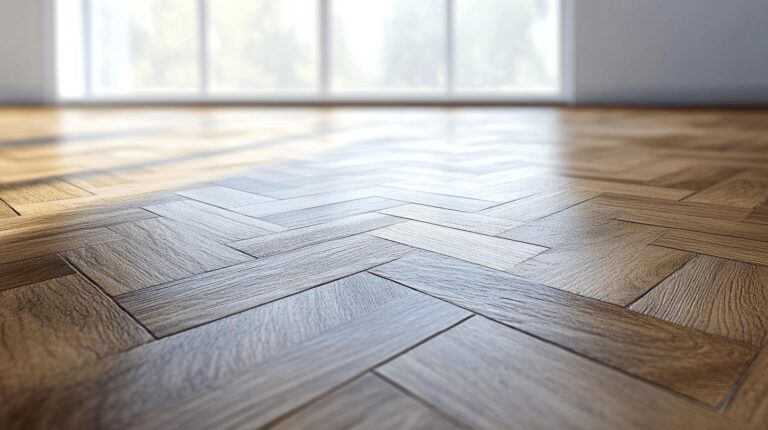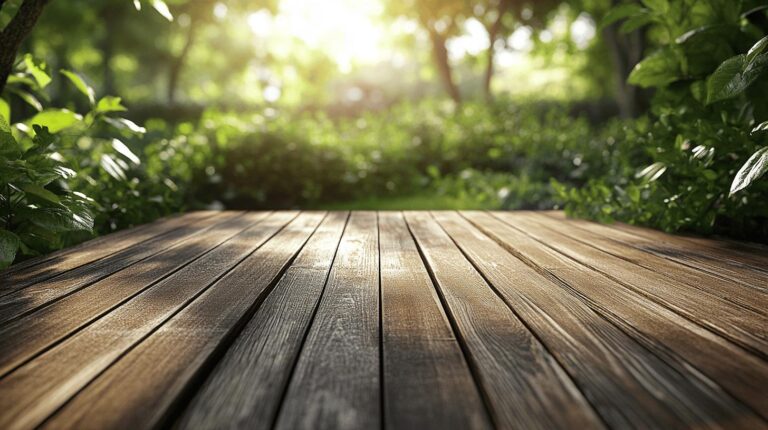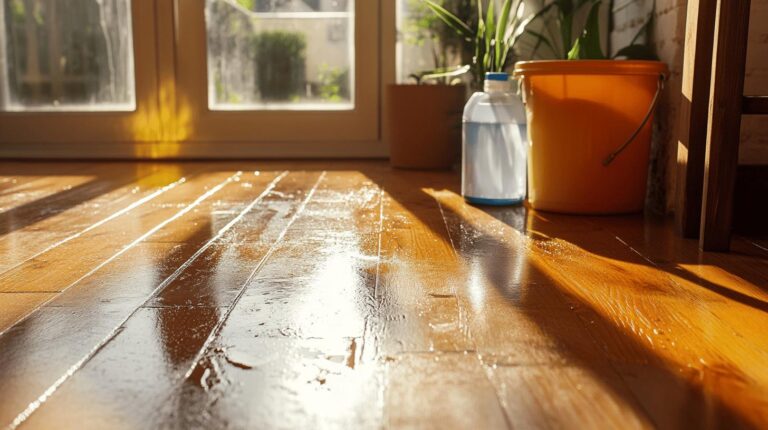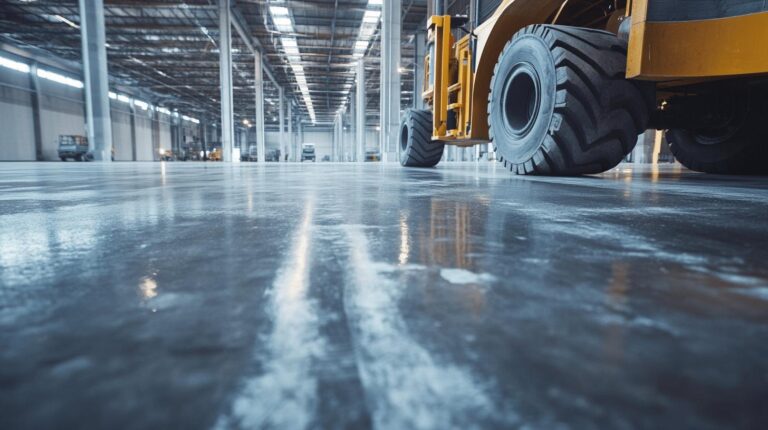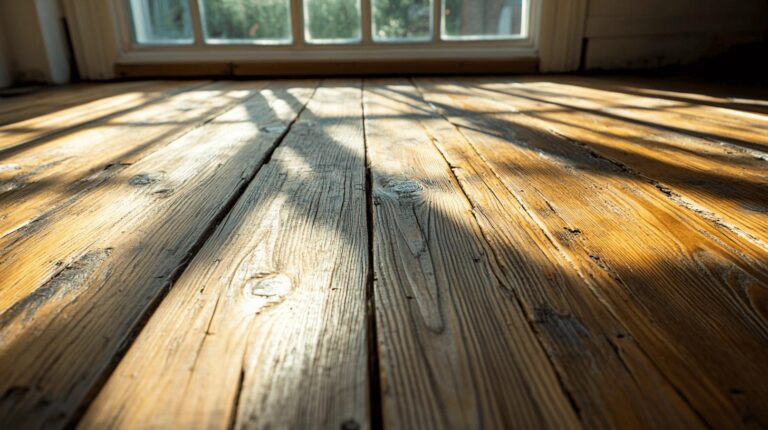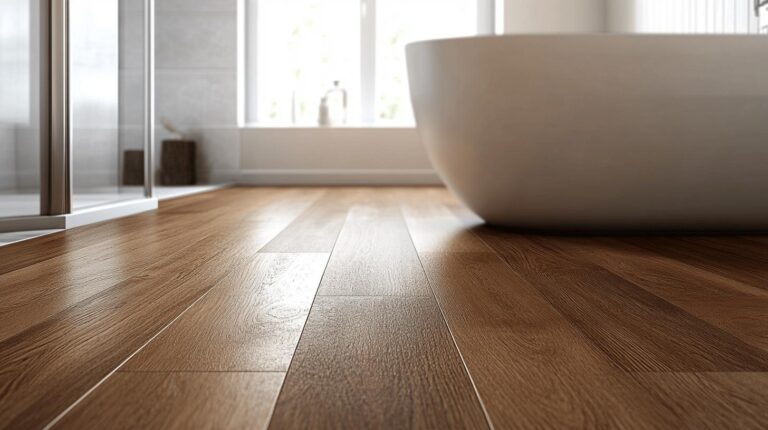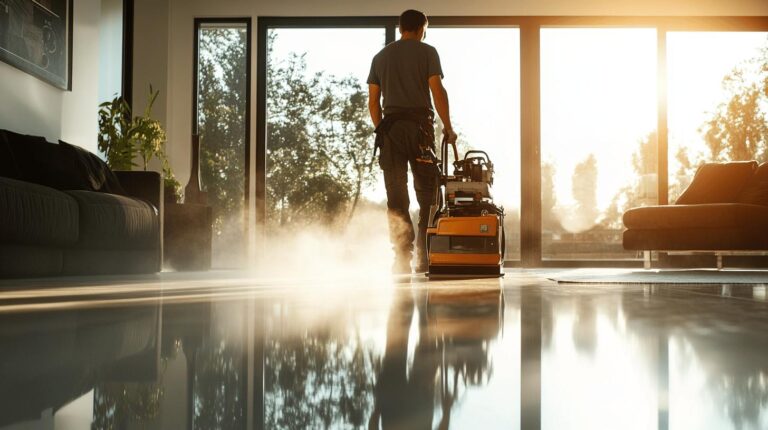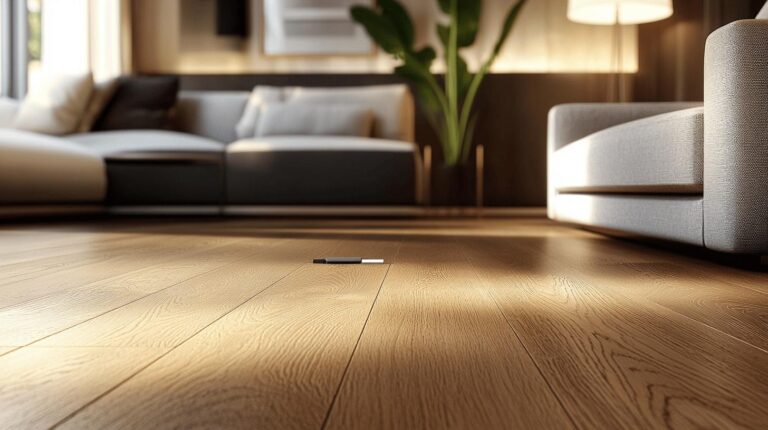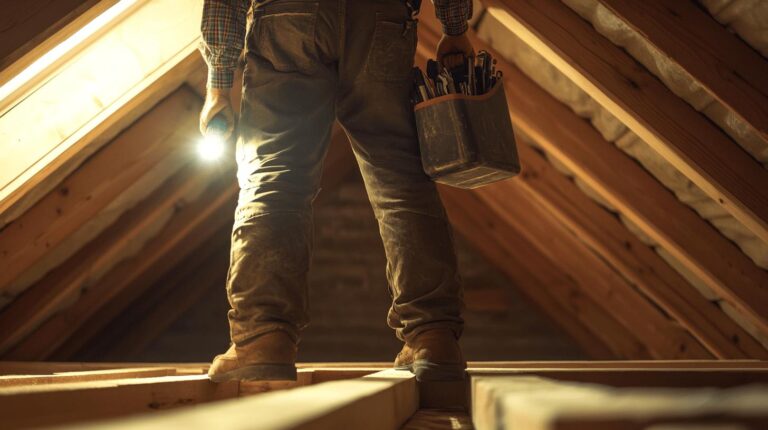Have you ever marvelled at the intricate allure of Victorian and Edwardian wood floors, wishing to restore such timeless elegance in your own home? These heritage floor patterns are not just mere floorings; they are the storytelling threads of an era known for their artistic prowess and architectural beauty. With designs as captivating as a historical tapestry, these patterns whisper stories from the past. Unveiling the secrets behind these cherished wood designs isn’t just about restoration; it’s about reviving the art of craftsmanship and celebrating a legacy. Dive into this detailed guide to begin your journey of heritage floor restoration.
Historical Overview of Victorian and Edwardian Wood Floor Patterns
Victorian wood floors, crafted from 1837 to 1901, are celebrated for their durability and intricate designs, such as parquet and herringbone. These patterns were not merely decorative but reflected the grandeur and attention to detail emblematic of the Victorian era. Following closely, Edwardian floors introduced lighter, more open designs with geometric patterns, aligning with the architectural elegance of the period. Both styles played a significant role in defining the aesthetic of period home flooring, making them integral to the historical character of homes.
Typical woods used during these periods included oak, pine, and mahogany. The choice of wood was influenced by factors such as availability, cost, and visual appeal. Oak was often favoured for its strength and grain, making it ideal for high-traffic areas. Pine provided a softer, more affordable option, commonly used in less formal spaces. Mahogany, with its rich colour and fine grain, was a premium choice, often reserved for feature rooms. Each wood type contributed uniquely to the overall design, enhancing the intricate patterns that characterised these floors.
- Parquet
- Herringbone
- Chevron
- Basketweave
- Geometric tiles
Understanding these patterns is essential for accurate restoration. Each design carries historical and aesthetic significance, which must be preserved to maintain the integrity of the period home flooring. Restorers must be knowledgeable about these heritage floor patterns to ensure that the restored floors reflect their original splendour and contribute to the home’s historical authenticity.
Techniques and Materials for Restoring Heritage Wood Floors
Restoring Victorian and Edwardian wood floors begins with a meticulous assessment of the floor’s condition. This initial step is crucial for identifying worn finishes, scratches, or any damage that may need repair. Preparation involves a thorough cleaning to remove debris and dust, ensuring that the restoration process starts with a clean slate. An accurate assessment and preparation lay the groundwork for a successful restoration, aiding in the preservation of the floor’s historical integrity.
Sanding and Preparation
Sanding is a pivotal part of the restoration process as it removes old finishes and reveals the original wood beneath. Key tools used in this stage include floor sanders for large areas, edging sanders for corners and edges, and specialised hand tools for intricate patterns. Sanding techniques must be tailored to the type of wood and the wear it has endured; starting with coarser grit sandpaper and gradually moving to finer grits ensures a smooth finish without excessive removal of wood. The attention to detail during sanding is essential for preparing the surface for subsequent staining and finishing.
- High-quality wood stains
- Sealants
- Varnishes
- Floor sanders
- Edging sanders
- Hand tools
Staining and Finishing
Staining and finishing are critical steps that require careful selection of materials to match historical aesthetics. Period-appropriate finishes are paramount to maintaining the authenticity of Victorian and Edwardian floors. Selecting the right stain involves understanding the original colour and sheen of the floor. Once the appropriate stain is chosen, it should be applied evenly to enhance the wood’s natural beauty and character. Finishing involves sealing the floor with high-quality varnishes or sealants, offering protection against wear while preserving the historical appearance. The chosen finishes should reflect the era’s style, ensuring that the restored floors remain true to their heritage.
Expert tips for maintaining historical accuracy include using authentic materials and techniques. It’s important to respect the original craftsmanship by matching wood grains and patterns seamlessly. Patience and precision are vital throughout the restoration process, allowing for a meticulous approach that honours the floor’s original design. Consulting with professionals can provide invaluable insights and ensure complex restorations are handled with the necessary expertise, safeguarding the floor’s historical and aesthetic value.
DIY Guide to Restoring Victorian and Edwardian Wood Floors
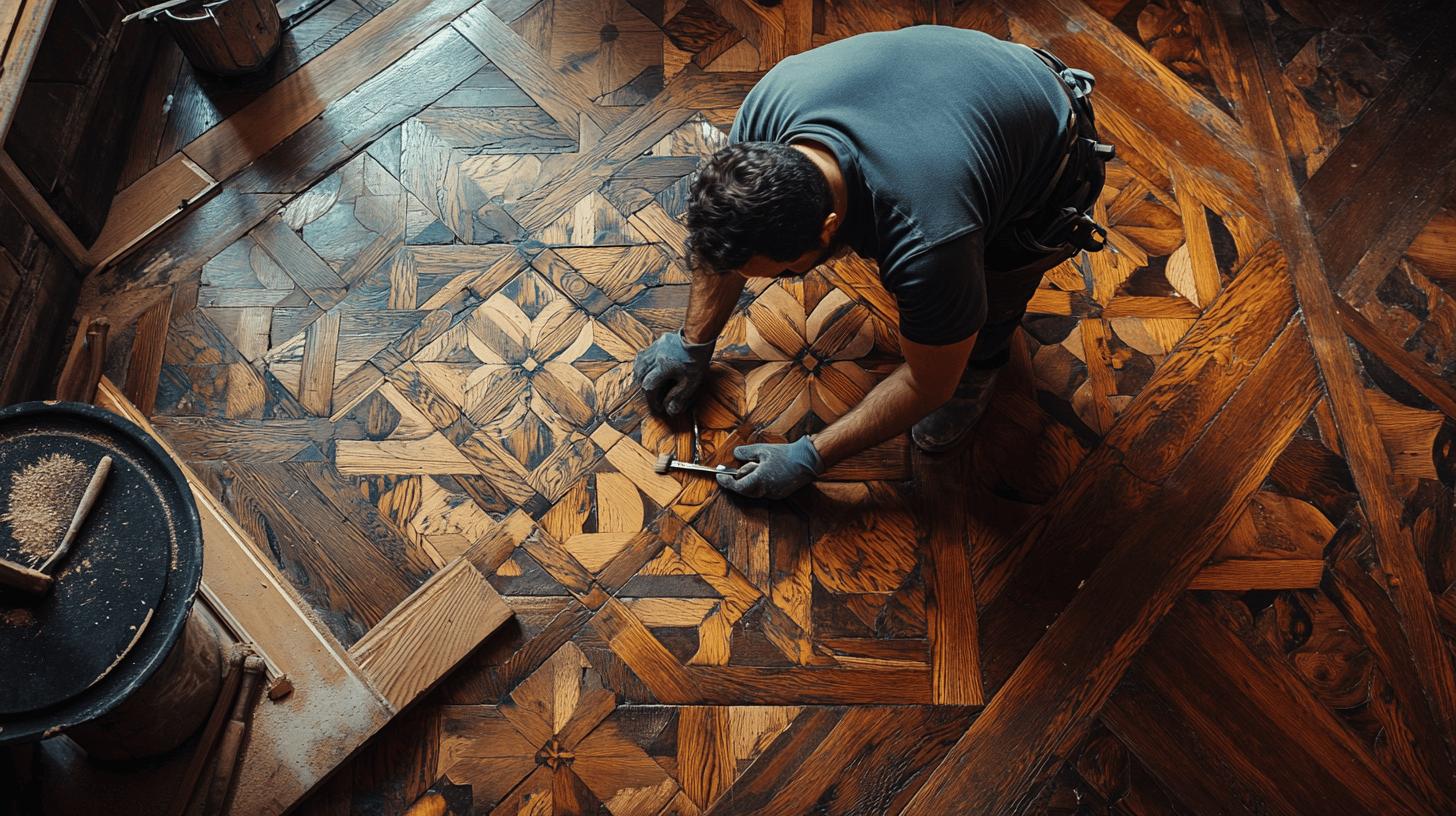
DIY restoration of Victorian and Edwardian wood floors offers a rewarding challenge, allowing homeowners to preserve heritage floor patterns while adding personal craftsmanship. The benefits of DIY restoration include cost savings and the satisfaction of hands-on involvement. However, challenges such as achieving historical accuracy and handling intricate patterns demand patience and precision.
Preparation and Planning
Effective preparation is key to a successful restoration. Start by assessing the floor’s condition to identify wear, damage, or missing elements. Gather essential tools such as floor sanders, edging sanders, and hand tools for detailed work. Selecting the right materials, including period-appropriate stains and finishes, is critical for maintaining authenticity. Thorough preparation ensures that the restoration process is smooth and aligns with historical aesthetics.
- Clear the space and protect surrounding areas.
- Assess the condition and plan repairs.
- Sand the floors to remove old finishes.
- Select and apply the appropriate stain.
- Finish with a protective layer matching the historical sheen.
Common challenges in DIY restoration include matching the original colour and pattern of the wood, addressing gaps between floorboards, and ensuring a seamless finish. Solutions involve meticulous attention to detail, such as using precise sanding techniques and applying stains evenly. Patience is essential, allowing for careful execution at each stage to achieve a result that honours the floor’s historical and aesthetic value.
Expert Insights and Tips for Authentic Restoration
Craftsmanship in flooring is integral to preserving heritage aesthetics and maintaining historical accuracy in restoration projects. The process of restoring Victorian and Edwardian wood floors requires a deep understanding of the original materials and techniques used in these eras. Expert craftsmanship insights highlight the necessity of meticulous attention to detail and the use of period-appropriate methods to achieve authentic restoration results.
- Use period-appropriate materials and finishes.
- Pay attention to intricate patterns and details.
- Ensure seamless wood grain matching.
- Consider professional consultation for complex restorations.
Consulting with professionals, such as those at Ryan’s Restoration, can be invaluable for complex projects. Their expertise ensures that the restoration not only enhances the floor’s aesthetic value but also retains its historical significance. By leveraging professional insights, restorations can be executed with precision, ensuring that the timeless beauty and craftsmanship of heritage floors are celebrated and preserved for future generations.
Case Studies: Successful Restorations of Victorian and Edwardian Floors
Case studies provide invaluable insight into the restoration of Victorian and Edwardian floors, illustrating the effectiveness of modern techniques in preserving heritage craftsmanship. Before-and-after photos serve as a testament to the dramatic transformations achieved through meticulous restoration processes. These visual records not only capture the aesthetic enhancements but also underline the importance of addressing specific restoration challenges. By examining these detailed examples, enthusiasts and professionals alike can appreciate the bespoke floor designs that emerge from skilful restoration, gaining practical knowledge to apply in future projects.
Project Highlights
In the first project, a Victorian home presented a significant challenge due to extensive wear and gaps between the floorboards. The restoration team faced the task of maintaining the intricate parquet pattern while addressing structural issues. The solution involved carefully sanding the floors to remove old finishes and filling gaps with matching wood inserts, ensuring a seamless appearance.
The second project involved an Edwardian property where the primary challenge was restoring the faded geometric patterns to their original glory. The solution required selecting period-appropriate stains and finishes to revive the colour vibrancy without compromising the floor’s historical integrity. The use of specialised hand tools allowed for precise application, preserving the unique design elements.
The success of these projects underscores the essential role of professional expertise in heritage floor restorations. Ryan’s Restoration exemplifies the quality and precision necessary to handle complex restorations. Their approach integrates traditional techniques with modern solutions, ensuring each project not only retains its historical significance but also enhances its aesthetic allure. Such expertise transforms restoration challenges into opportunities for celebrating the timeless craftsmanship of Victorian and Edwardian wood designs.
Maintaining Restored Heritage Floors for Longevity
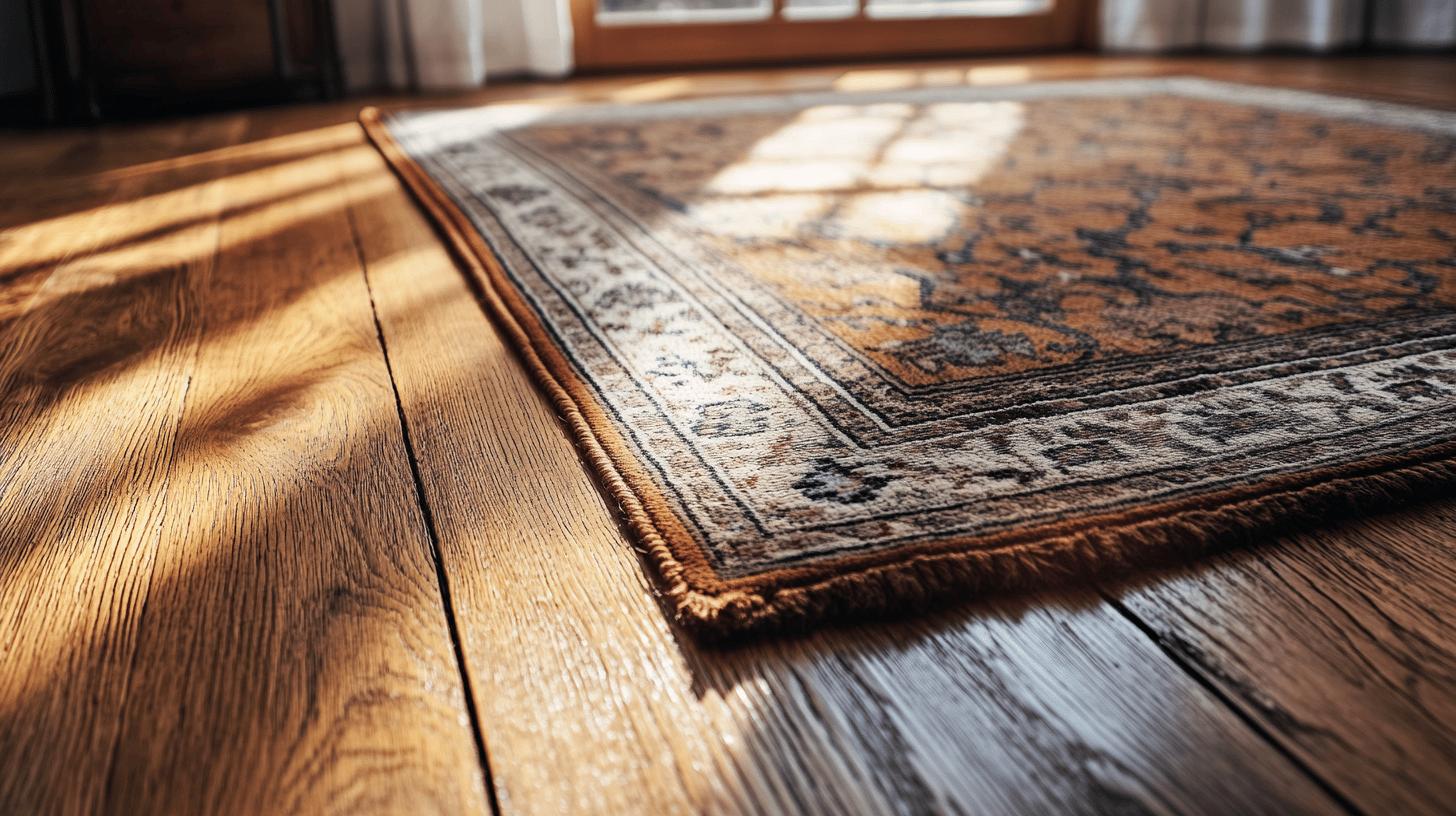
Regular maintenance is crucial for preserving the beauty and durability of restored heritage floors. Why is regular maintenance important for heritage floors? Regular maintenance is essential to prevent damage and ensure the long-term integrity of these period features. By implementing effective flooring longevity strategies, you can protect the intricate wood patterns and craftsmanship characteristic of Victorian and Edwardian designs.
- Regularly sweep and vacuum to remove dirt.
- Use rugs in high-traffic areas to prevent wear.
- Avoid excessive moisture exposure.
- Schedule periodic polishing or re-coating.
- Address minor repairs promptly to prevent larger issues.
Professional check-ups and periodic maintenance play a significant role in extending the life of restored floors. Engaging experts for routine evaluations helps identify potential issues before they escalate into significant problems. This proactive approach, combined with regular upkeep and strategic floorboard maintenance, ensures that heritage wood floors retain their historical charm and structural soundness for years to come.
Final Words
Exploring the intricate charm of Victorian and Edwardian wood floor patterns reveals their historical significance and craftsmanship. Restoring these heritage floor patterns involves a blend of meticulous techniques and tailored materials to honour the original designs.
Through detailed guidance on preparation, sanding, and staining, both experts and DIY enthusiasts can achieve authentic results. By prioritising precision and historical accuracy, these projects not only enhance aesthetics but also preserve cultural value.
Enlisting professional expertise from Ryan’s Restoration ensures quality craftsmanship and enduring beauty for these iconic wood floors. Restoring these masterpieces invigorates homes with timeless elegance and historical essence.
FAQ
Q: What are the characteristics of Edwardian hallway tiles with borders?
Edwardian hallway tiles typically feature geometric patterns with borders. These tiles often reflect the architectural elegance of the era, using lighter and more open designs compared to Victorian patterns, creating a welcoming entryway.
Q: How do Victorian floor tiles differ from Edwardian floor tiles?
Victorian floor tiles often have intricate patterns like parquet and herringbone with a focus on durability. Edwardian tiles feature lighter geometrics, reflecting more open and elegant design aesthetics prevalent during the Edwardian era.
Q: Can Edwardian tiles be used outdoors?
Yes, Edwardian tiles can be used outdoors. They are designed to withstand the elements and maintain their aesthetic appeal, making them suitable for outdoor pathways or garden areas.
Q: What types of wood were commonly used in Victorian and Edwardian floors?
Common woods for Victorian and Edwardian floors include oak, pine, and mahogany. These were chosen for their availability, durability, and aesthetic appeal, contributing to the unique patterns of each era.
Q: What is essential for maintaining restored heritage floors for longevity?
Maintaining restored floors involves routine sweeping and vacuuming, using rugs in high-traffic areas, avoiding moisture, periodic polishing, and prompt minor repairs. This approach ensures longevity and maintains their historical charm.
